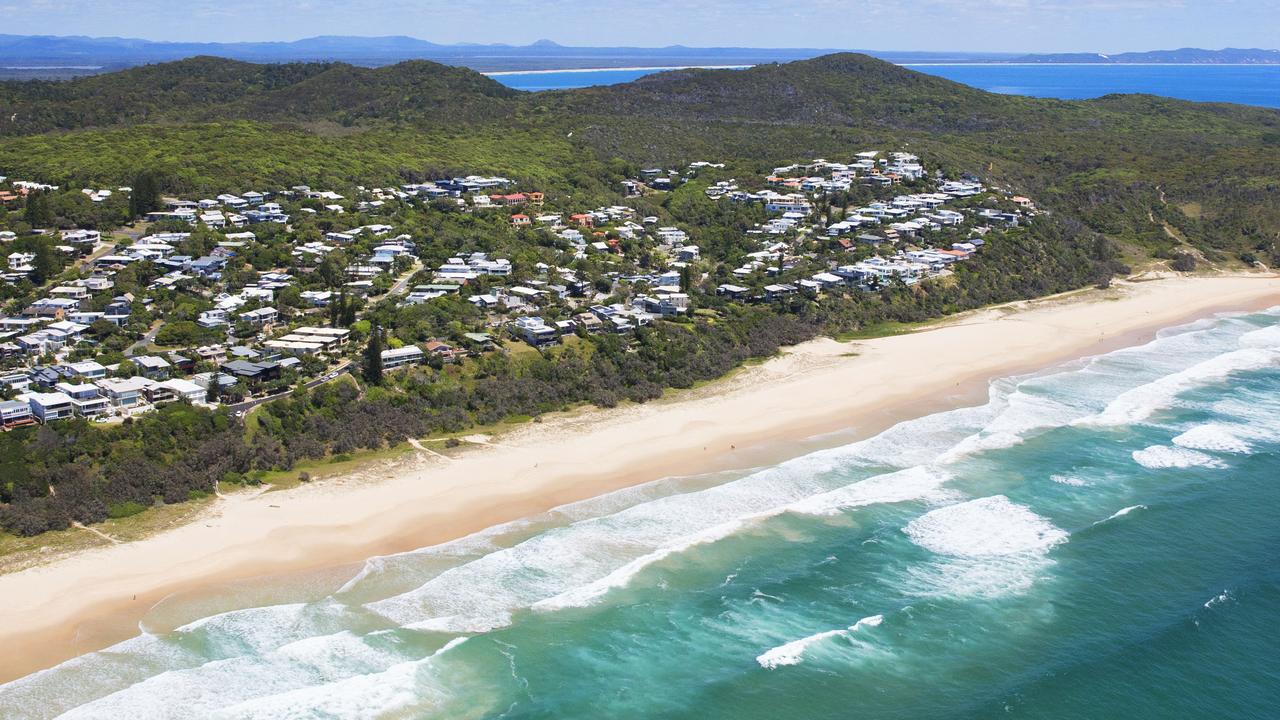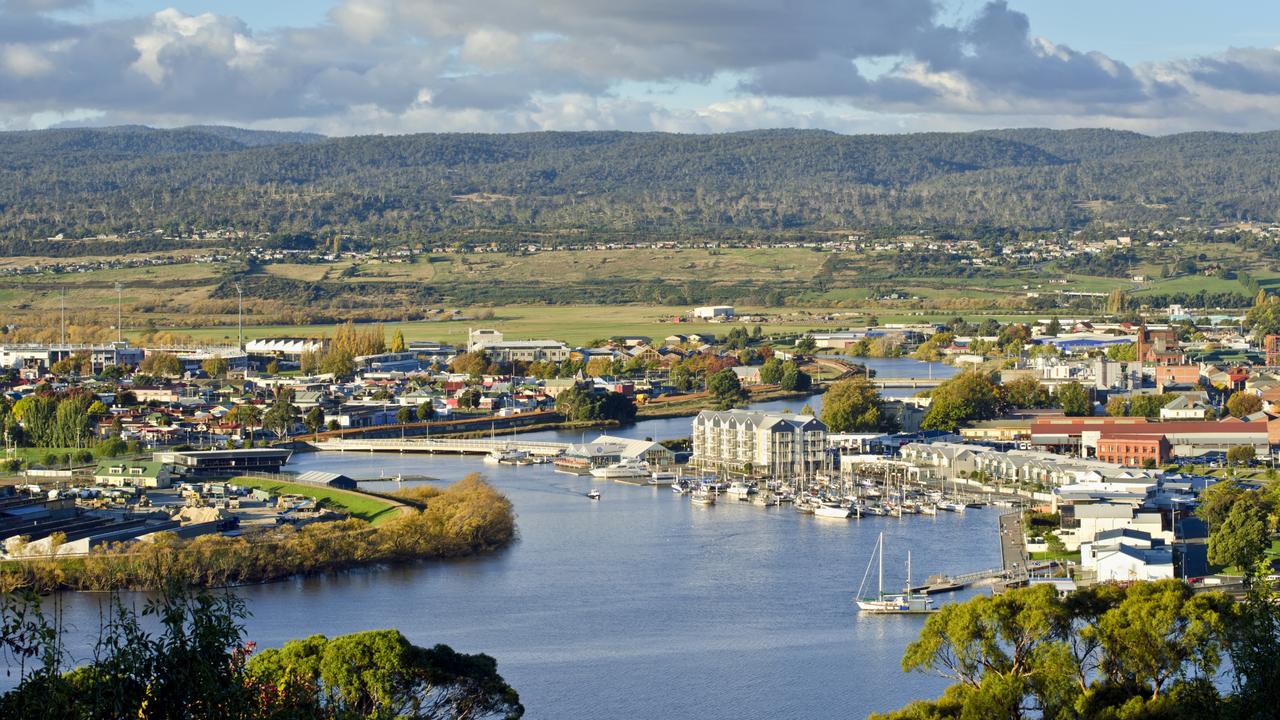Millions of dollars lost due to crisis in regional Australia
Country and coastal employers are battling to attract new staff due to a developing disaster which is driving workers out of regional areas.

Regional Australia has been hit by devastating affordable housing shortages, blowing multimillion dollar holes in local economies.
Country and coastal employers are under major pressure to attract staff as the price of rental properties skyrockets – some by almost 50 per cent.
Queensland’s Sunshine Coast, the NSW South Coast, Launceston-North East Tasmania, SA’s Fleurieu Peninsula and the Geelong/Surf Coast in Victoria are all areas involved in a new study capturing the connection between increased rents, low vacancy rates and unfilled job vacancies.
Massive shortages in affordable housing in these communities is driving potential employees elsewhere, putting extra pressure on local economies still recovering from the pandemic.

The Sunshine Coast has experienced the biggest annual loss in economic output, with a whopping 259 per cent rise in job vacancies since the start of the pandemic driving a loss of $786 million.
There are almost 3,700 jobs up for grabs in the popular holiday destination, compared to just over 1,400 in March 2020.
The economic damage is thought to have been caused by a 36 per cent jump in average rental prices on the Sunshine Coast, with a 15 point increase in the number of low income households experiencing severe rental stress.
Renters in the Illawarra and NSW South Coast are also under serious rental stress, with rent up 41.7 per cent since March 2020.
Almost half, or 46 per cent of low income households in the area are also experiencing severe rental stress, according to the data.

On the surf coast in Victoria, from Geelong down to the Great Ocean Road, communities have struggled with a $760 million annual loss in economic output due to a 133 per cent increase in job vacancies – a result partly being put down to a 17 per cent rise in rent since March 2020.
Renters on the Fleurieu Peninsula in SA have been hit the hardest, with a 48 per cent increase in rent since March 2020 and a 20 point increase in the number of low income households experiencing severe rental stress.
Even Tassie has been affected by the shift, with Launceston and north east neighbouring areas suffering a 129 per cent increase in job vacancies at a cost of over $200m and a 21 per cent increase in rent since the start of the pandemic.

The special Impact Economics analysis of the five regional economies was commissioned by Everybody’s Home ahead of the Jobs and Skills summit, which is being held in Canberra next week.
Kate Colvin, national spokesperson for the Everybody’s Home campaign, said the “chronic” affordable housing issue in regional parts of the country is “more than a social crisis”.
“It’s now a deep economic crisis as well,” Ms Colvin said.
The representative said “eye watering” rental increases and a shortage in properties on the market is deterring people from taking up jobs in regional communities.
“Employers tell us constantly that prospective employees tell them they can’t move to the community if they can’t find a place to live,” she said.

“Our completely lopsided housing system is choking off the economic potential of regional Australia.”
Ms Colvin said the connection between housing and jobs must be the focus for the jobs and skills summit.
“Expanding social and affordable housing by building an additional 25,000 new dwellings per year would give people on modest incomes more choice,” she said.
She said the extra housing would relieve “serious pressure” on the housing system and give regional communities the chance to restore their pre-pandemic pride.
“We need a better, balanced housing system that supports social inclusion and fosters economic growth,” she said.




